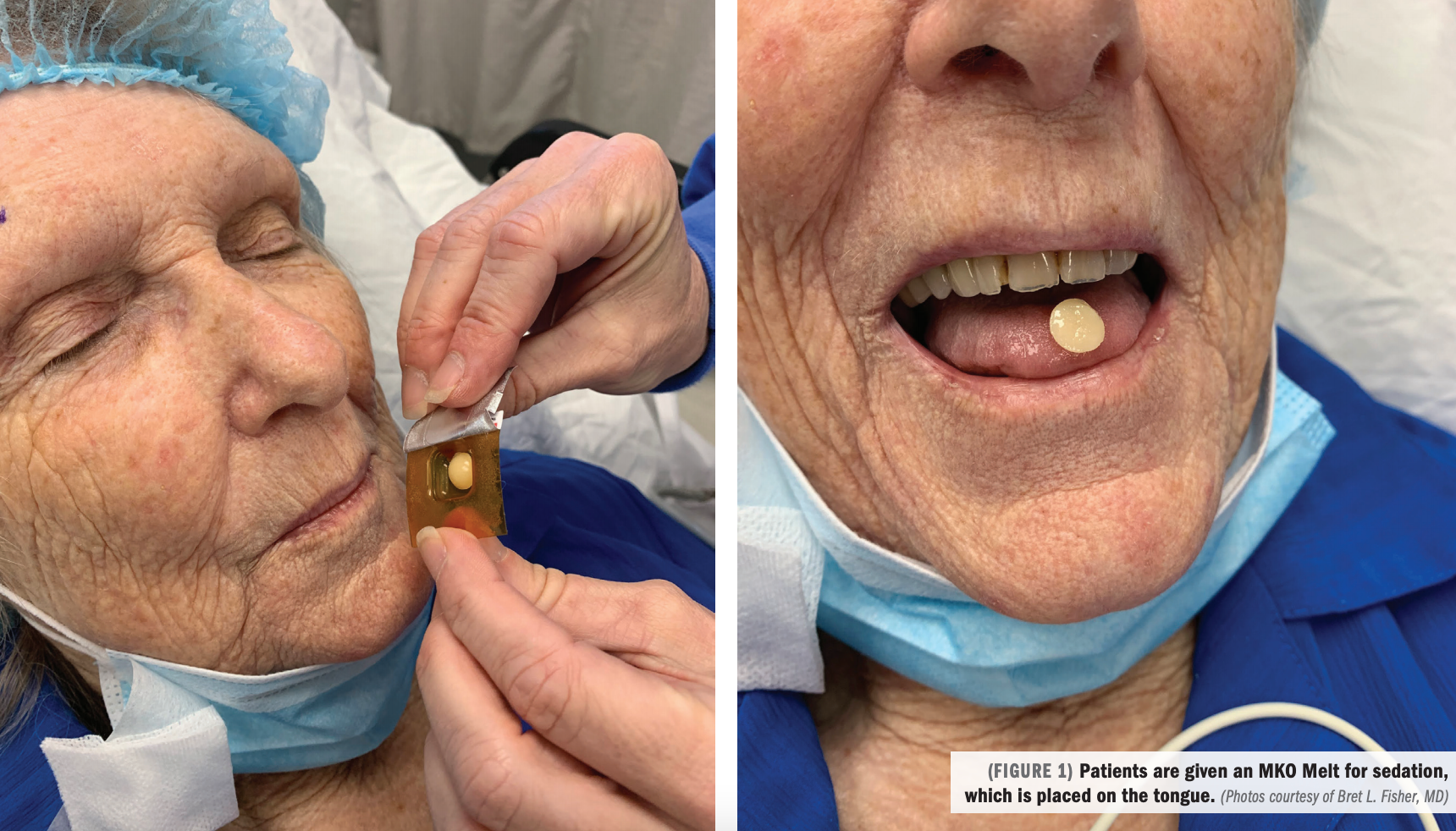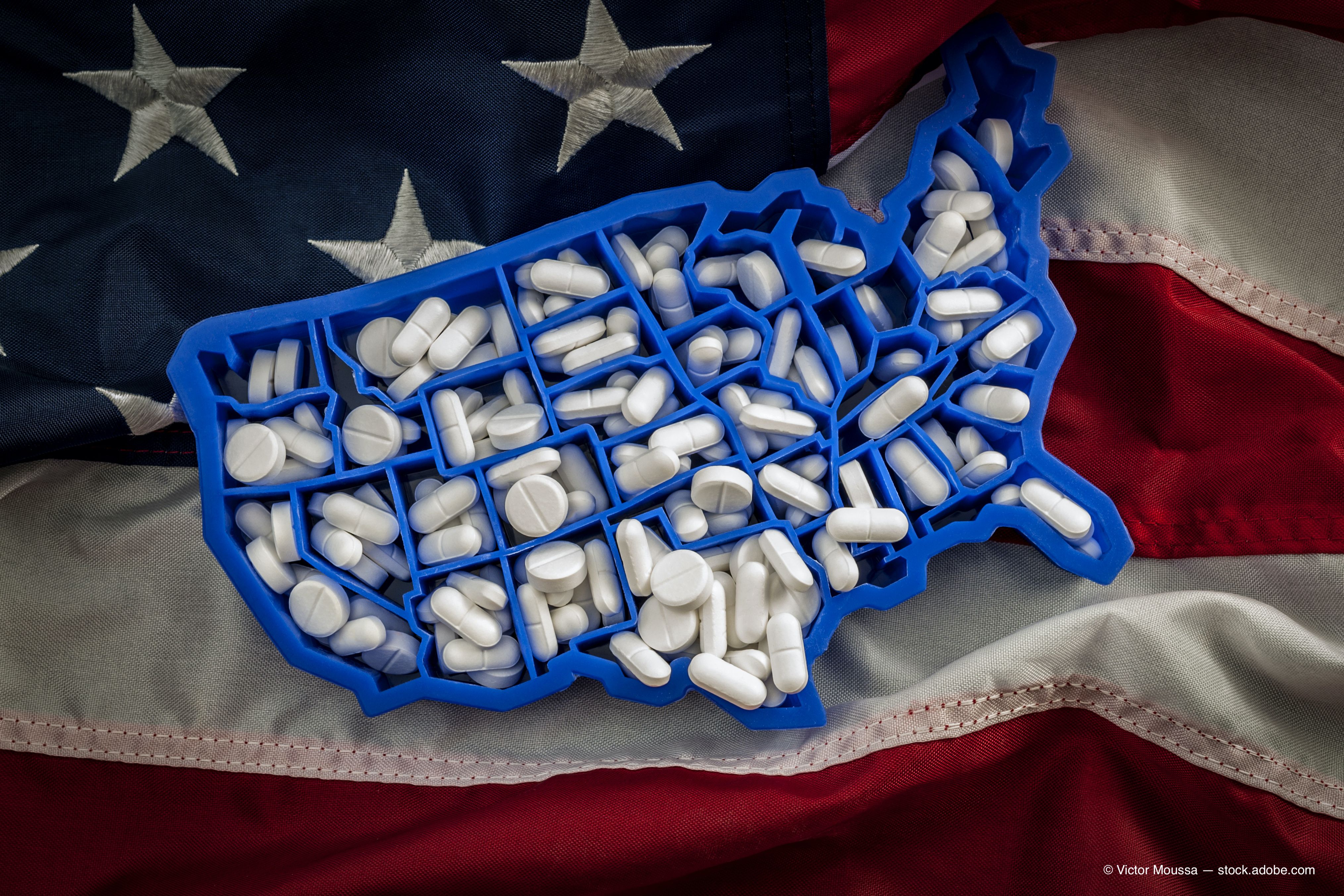Article
BAK-free travoprost formulation approved
Alcon Laboratories has received FDA approval to market a new, benzalkonium chloride (BAK)-free formulation of travoprost 0.004% ophthalmic solution (Travatan Z). Prescribers can expect the product to be available by the end of the month.

The BAK-free formulation contains a proprietary robust ionic-buffered preservative system (Sofzia) that has been shown to be an effective preservative system for the solution in the multidose dropper bottle and gentle to the ocular surface. The efficacy and safety of the new travoprost product as an ocular hypotensive agent were established in a multicenter, prospective, double-masked clinical trial demonstrating it was equivalent to the existing BAK-containing travoprost 0.004% ophthalmic solution (Travatan).
"When it comes to ocular surface safety, the concept of less is more definitely applies," said Richard A. Lewis, MD, a private practitioner in Sacramento, CA. "It is well-known that traditional chemical preservatives can have harmful effects on the corneal epithelium and conjunctiva.
Dr. Lewis was the lead investigator for the clinical trial leading to the approval of the BAK-free formulation of travoprost. That study was designed and powered to demonstrate statistical equivalence of the two travoprost formulations.
In the study, 690 patients with open-angle glaucoma or ocular hypertension were randomly selected for two treatment groups. The study participants were instructed to use their assigned medication (Travatan or Travatan Z) once daily in the evening for 3 months.
Eligibility for participation in this study was determined based on IOP evaluations performed at two screening visits, which were conducted after appropriate washout of any existing ocular hypotensive treatment. The inclusion criteria required patients have IOP measurements of 24 to 36 mm Hg at 8 a.m. and 21 to 36 mm Hg at 10 a.m. and 4 p.m. in at least one eye at both assessments. Follow-up visits were conducted after 2 weeks, 6 weeks, and 3 months of treatment and included repeat IOP measurements at 8 and 10 a.m. and 4 p.m.
Efficacy analyses were based on comparisons of mean IOP values and mean changes in IOP and confirmed statistical equivalence of the two products. Analyses of the 95% confidence limits for the difference in mean IOP between study groups showed that the values were consistently within ±0.8 mm Hg at all measurement times at all follow-up visits whether the determinations were based on the per protocol (PP) or intent-to-treat (ITT) data sets. Mean IOP reductions from baseline measured at 8 and 10 a.m, and 4 p.m., at all three follow-up visits and in both the PP and ITT analyses ranged from 7.3 to 8.5 mm Hg for the BAK-free travoprost group and were nearly identical in the comparator arm (7.4 to 8.4 mm Hg).
Both agents were safe and well-tolerated. Rates of adverse events and study withdrawals due to adverse events were similar in the two treatment groups.
The novel ionic-buffered preservative system found in the new travoprost formulation is very similar to that used in Systane Free (Alcon), the BAK-free formulation of the artificial tear product Systane. The ingredients of the ionic-buffered preservative system include borate, polyols, and zinc. In the bottle, they form a balanced system that provides a harsh environment for bacteria and fungi and protects against their growth. However, on contact with the ocular surface, the preservative system becomes deactivated.
Newsletter
Don’t miss out—get Ophthalmology Times updates on the latest clinical advancements and expert interviews, straight to your inbox.





